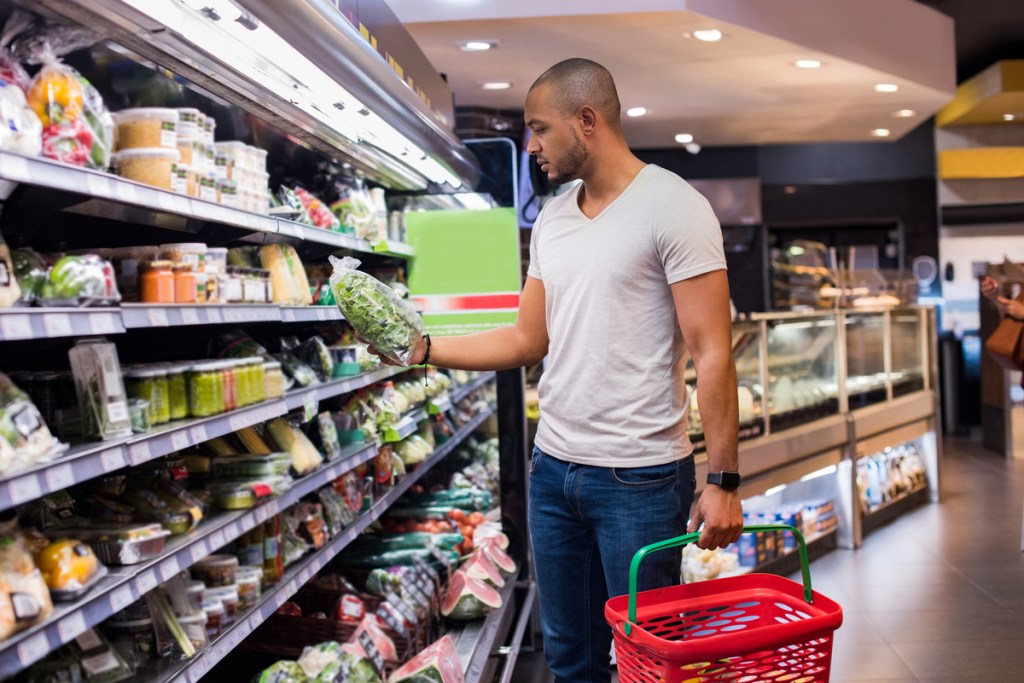3 key factors impacting
FMCG and retail
1. Shopping trip frequency plummets
Shoppers have dramatically reduced their monthly shopping trip frequency, down from an average of 5 trips per month 2 years ago, to just over 3. In addition—and in correlation with an unprecedented increase in unemployment rates (Stats SA Q2, 2021)—NielsenIQ found from a representative sample of households that they have been forced to stretch their monthly shop to beyond a month.
2. Bigger baskets
Although the number of categories remains stable, consumers seem to have benefited from the option of upsizing on essentials, resulting in an increase to the pre COVID-19 average basket value, from R226 to R427. At the same time, with the reduction in the frequency of shopping trips, NielsenIQ also found an increase in basket size items (an increase from 8 to 12).

Navigate the retail landscape in South Africa
Win in retail with actionable insights that help drive growth for your business. Schedule a meeting to learn more.
3. No two target markets are the same
Higher Living Standards Measures (LSMs) have seen a sharper drop-off of shopping trip frequency. Before COVID-19, the average number of shopping occasions in this target market was 7 per month, but by August 2021 it had declined to 4. Lower LSMs were already constrained.
What has this meant for brands?
Reliability and trust create certainty. Well-known and long-established brands have gained strength during the pandemic, through the unrestricted continuation of supply chain. In fact, 75% of 20 brand leaders gained or maintained share since the onset of COVID-19.
Consumers are cautious about expenditure and are making choices based on cash-in-hand, sticking with brands that deliver against their promise.
Additionally, in 2021, South African consumers switched stores more extensively due to constrained movement.
Constrained households seek out better deals as NielsenIQ has identified previously, and accordingly consumers are moving towards bulk buying. However, this is not the majority, as grocery retailers still have the highest levels of household buying from this channel. Another driver of store switching is consumers seeking out promotions. This stems from a reduction in promotional activity at the height of the COVID-19 lockdowns in 2020, whereas in 2021 NielsenIQ has identified the beginnings of a return to pre-COVID-19 promotional activity.
How to manage consumer expectations?
It is critical for brands to understand their own portfolios, price laddering, relative price position, and promotional effectiveness. Assortment and innovation are also key as they feed into larger trends related to wellness, organic, and sustainability.
Sources
NielsenIQ Retail Measurement Services (end August 2021)
NielsenIQ Consumer Panel Services (end August 2021)
NielsenIQ Analytics Intelligence Busting Myths about Price and Promotions during the pandemic




